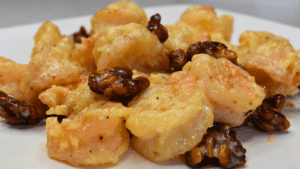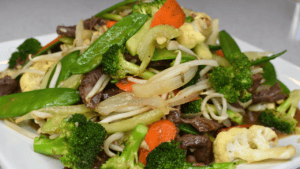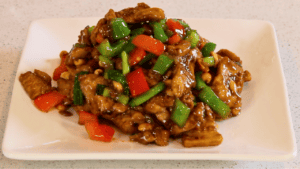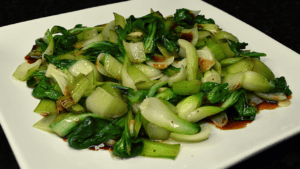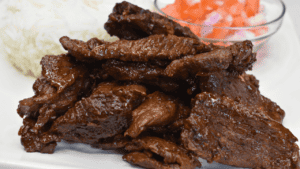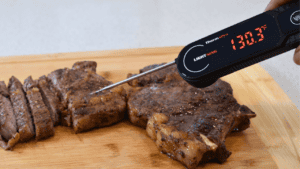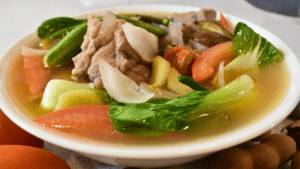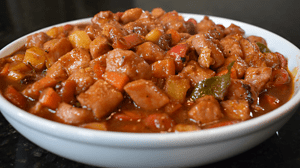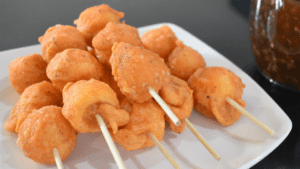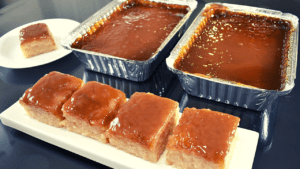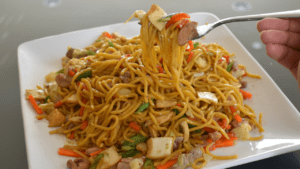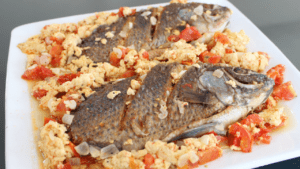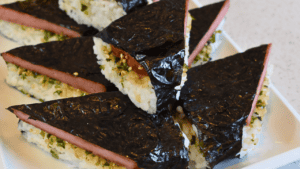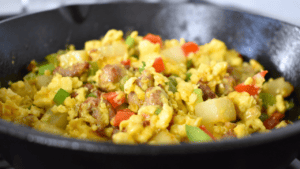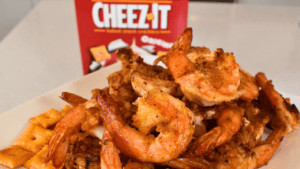Biko Recipe
Biko is a traditional Filipino dessert made from sweet glutinous rice, coconut milk, and brown sugar. It is typically served during special occasions or as an afternoon snack.
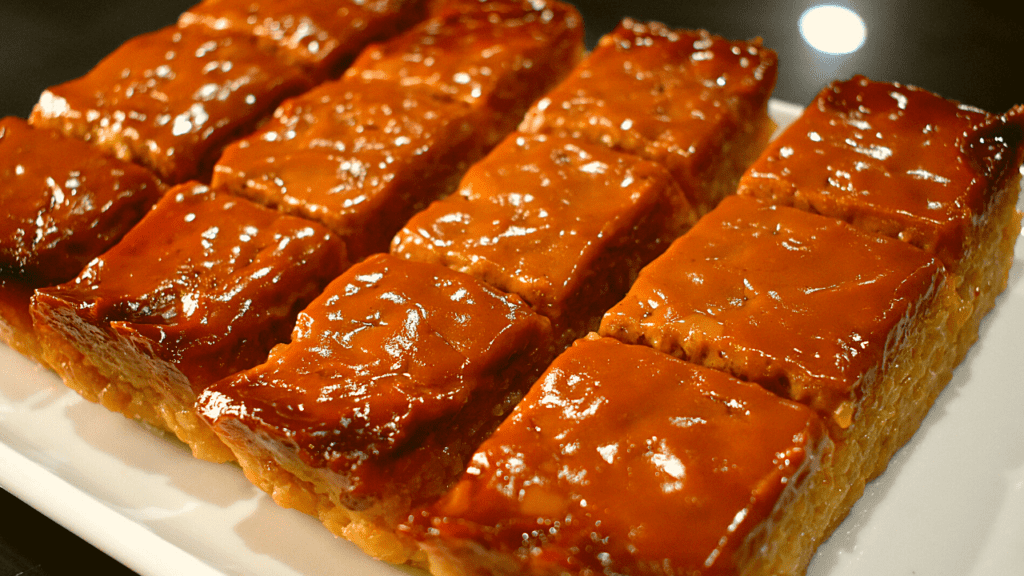
How to Make Special Biko: A Guide for Cooking Beginners and Food Enthusiasts
Biko is a cherished Filipino dessert that radiates warmth and nostalgia, a rich tapestry woven with sticky rice and sweet coconut that intrigues both the palate and cultural curiosity. This comforting treat is not just a food item; it’s an emblem of tradition and community.
Whether you’re an aspiring cook, a food lover, or someone enchanted by new cultures, this post will guide you through the delightful process of creating your own Special Biko at home.
Ingredients for Biko
To embark on this culinary journey, you will need the following:
- 4 cups sweet rice – The heart of Biko that provides its characteristic chewiness.
- 1 cup brown sugar – For that irresistible caramelized sweetness.
- 2 cans of coconut milk (800mL total) – It’s all about that creamy, tropical flavor.
- 4 cups water – The medium for cooking our sweet rice to perfection.
For the Latik Syrup:
- 2 cans of coconut milk (800mL total) – Vital for creating the lush syrup.
- 1 cup brown sugar – Complements the coconut with more sweetness and depth.
Preparation
Begin your Biko journey:
- In a large pot, rinse the sweet rice thoroughly until the water is clear. This will remove excess starch and prevent your Biko from becoming too sticky.
Cooking Process
- To the rinsed rice, add your brown sugar, coconut milk, and water. Stir everything gently to combine.
- Heat the mixture over a medium-high flame. Watch as it starts to simmer, the sugar dissolving and releasing its sweet aroma, while coconut milk infuses the air with its rich scent.
- Stir periodically, allowing the rice to absorb the flavors and cook evenly until the mixture takes on a golden brown hue.
- Take the pot off the heat and set it aside to cool. Meanwhile, you can preheat your oven to 350°F (around 175°C).
Creating the Latik Syrup:
- In a separate saucepan, pour in the coconut milk and mix in the brown sugar.
- Cook this mixture over low heat, stirring consistently until it reduces to a thick, caramel-like syrup.
Final Steps:
- Transfer the cooled rice to a baking pan, flattening it gently.
- Drizzle your homemade Latik Syrup over the rice layer, spreading it out to evenly coat the surface.
- Now, place the pan into your preheated oven and bake for 25 minutes, until you see the top become slightly crisp and golden.
Variations and Tips
If you wish to add a twist to your Biko, consider infusing the Latik Syrup with a pinch of cinnamon or nutmeg for a spiced flavor profile. It’s about experimenting and finding what excites your taste buds.
A pro tip is to soak the rice in water overnight. This allows for faster cooking and an even more pronounced texture.
Presentation and Serving
Biko is traditionally cut into square or diamond shapes. For a modern take, use cookie cutters for unique designs. Serve on a simple plate to allow the Biko to shine, or dress it up with a sprinkle of toasted sesame seeds for an added crunch.
Special Biko is more than just a recipe; it’s an experience that bridges cultures and generations. Dive into the process, enjoy the fragrant symphony of coconut and caramel, and savor each sticky, sweet mouthful.
As you set out your plates filled with Special Biko, remember that this recipe has been passed down for centuries and cherished by many. And now, it’s your turn to add your own unique touch to this timeless dessert. Happy cooking!
Additional Tips for Perfecting Your Biko
- Make sure to use high-quality ingredients for the best flavor.
- Adjust the amount of sugar according to your personal taste.
- Don’t over-bake the Biko as it can become dry and hard. Keep an eye on it while in the oven.
- Experiment with different toppings such as shredded coconut or crushed peanuts for added texture and flavor.
- Serve warm for a gooey, melt-in-your-mouth experience. Start making your own Special Biko today and enjoy a truly special dessert that will bring warmth and joy to any occasion! Happy cooking! See you in the kitchen!
The end. But wait, there’s more!
Don’t let your Biko journey stop here. Explore other traditional Filipino desserts such as Puto Cheese, Cassava Cake, or Leche Flan to expand your culinary repertoire. And don’t forget to share your creations with family and friends, spreading the love and joy of cooking. Happy exploring!
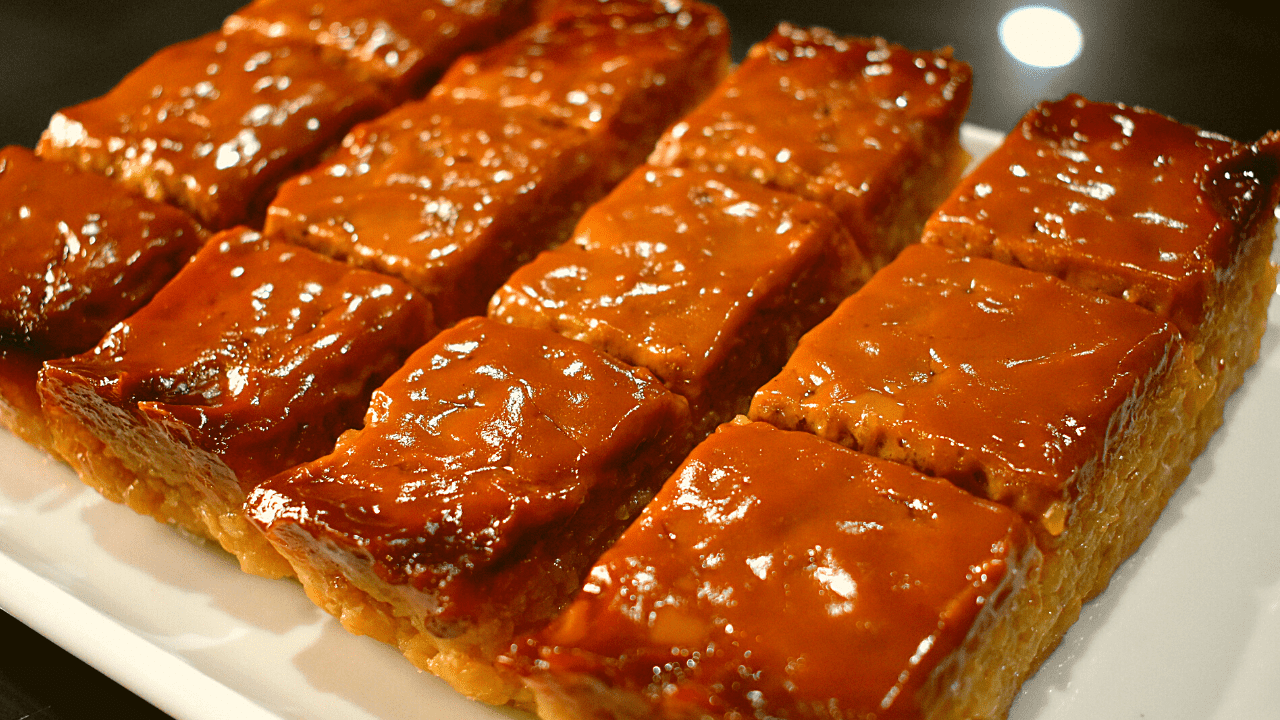
Biko Recipe
Ingredients
- 4 cups sweet rice washed and drained
- 1 cup brown sugar
- 2 cans coconut milk 400mL
- 4 cups water
Latik Syrup
- 2 cans coconut milk 400mL
- 1 cup brown sugar
Instructions
- Rinse and drain the rice in a pot until the water runs clear.
- Add brown sugar, coconut milk, and water to the pot and stir.
- Cook the mixture on medium-high heat until it turns golden brown.
- Set aside to cool before mixing with other ingredients.
- In a separate saucepan, combine coconut milk and brown sugar, cooking until thickened and caramelized.
- Transfer the rice to a baking pan and pour the caramelized syrup on top, spreading evenly.
- Bake at 350°F for 25 minutes.
- Once done, remove from the oven and let it cool before cutting into desired shapes.
